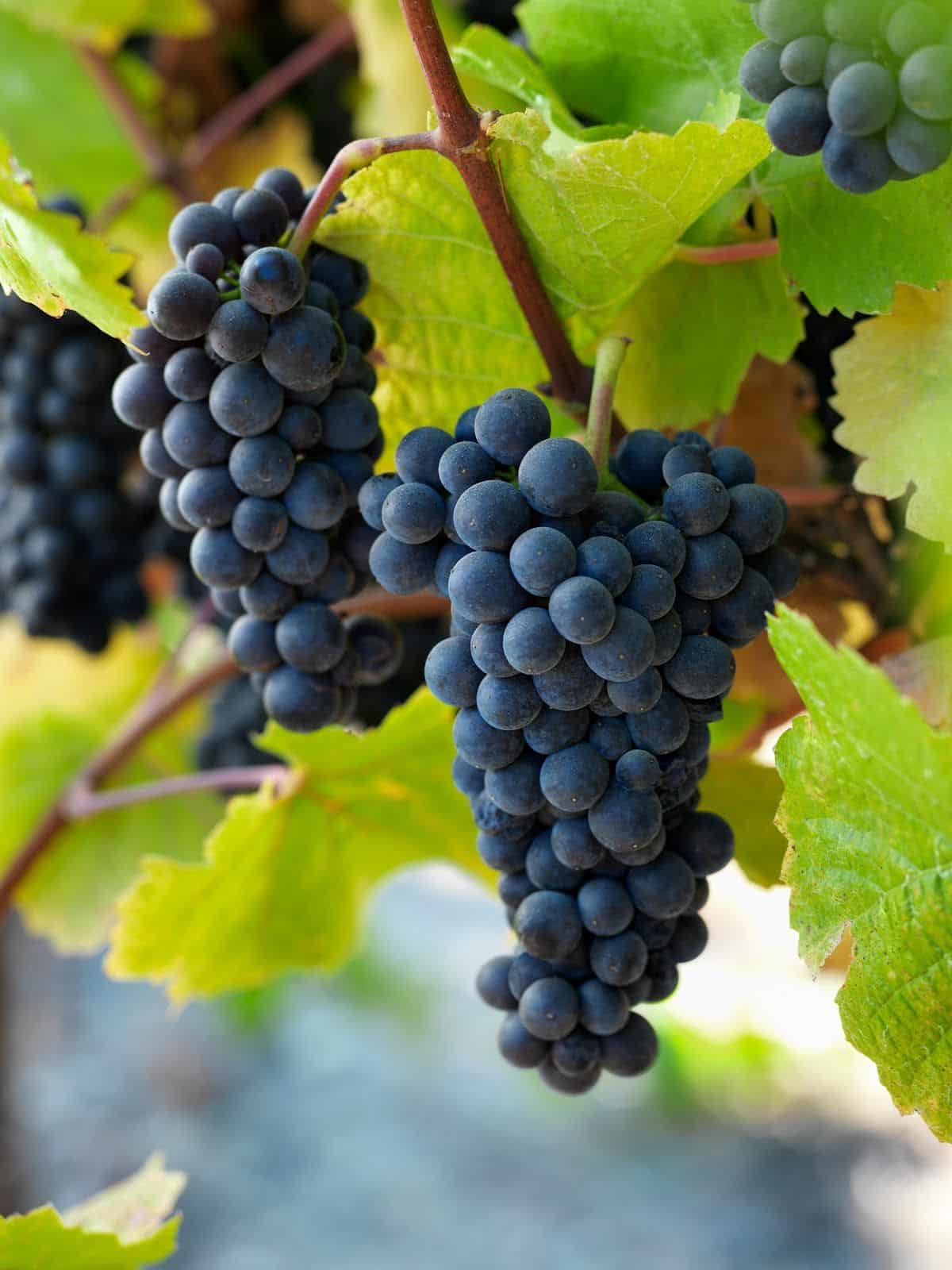Wine Trails in California for Your Next Adventure 95409
Understanding the nuanced vocabulary related to winery wine tasting is essential for both novices and seasoned connoisseurs alike. Each term brings to life the experience of tasting wine and might enhance one’s appreciation of the various intricacies involved. Wine tasting is more than simply ingesting; it is an art that involves numerous senses and feelings.
To start with, the term "nose" refers back to the aromas one detects when smelling the wine. This is a crucial step because the bouquet sets the stage for the tasting experience. Notes of fruit, spice, earth, and wood might mingle, offering a glimpse of what the palate may verify. Understanding "nosing" the wine can dramatically elevate one's sensory journey.
One Other key facet is the term "physique." The body of the wine describes its weight and fullness on the palate. A full-bodied wine has a strong presence and tends to linger longer after swallowing. Conversely, light-bodied wines might feel more delicate and refreshing. Recognizing the body helps tasters assess the wine's structure and balance.
Private Wine Tours: Discover Hidden Treasures
The concept of "tannins" is significant in purple wine tasting. Tannins are compounds derived from grape skins, seeds, and stems, contributing to a wine's texture and getting older potential. High tannin wines often end in a dry mouthfeel, whereas lower tannin levels yield a smoother experience. This distinction is particularly necessary when pairing wines with food, as tannins can either complement or clash with sure dishes.
In addition to tannins, "acidity" performs a significant role in the wine tasting experience. Acidity provides wine its crispness and liveliness - Local Favorite Wineries in Russian River Valley. Wines with greater acidity tend to be refreshing and energizing, making them excellent companions for quite lots of foods. Recognizing acidity can drastically enhance one’s food-pairing capabilities and total tasting enjoyment.
When delving into the flavor profile of a wine, one might encounter the term "finish." The end refers to the aftertaste that lingers within the mouth after swallowing. A long end is usually related to high-quality wines, as it signifies complexity and depth. A brief finish might counsel a simpler wine. Figuring Out tips on how to consider the end can reveal much a few wine's character.
Exploring the "vintage" can also be integral to wine tasting terminology. The vintage denotes the yr during which the grapes were harvested. Completely Different years can yield vastly different outcomes because of variations in local weather conditions. For occasion, a sizzling summer can produce more concentrated flavors, while a cooler 12 months might yield more delicate, nuanced wines. Understanding vintage permits for a deeper appreciation of a wine’s origin and potential.
Cozy Wine Tasting Options in Sonoma County
The term "terroir" encompasses the geographical and environmental components that contribute to a wine's unique character. Components similar to soil sort, climate, elevation, and topography all play a task in the flavor and high quality of the wine. This connection to put helps one perceive why wines from totally different areas can style so distinctively different, even when created from the same grape selection (Immerse Yourself in the World of Sonoma's Wineries).
When engaging with wines, the phrase "leg" refers back to the droplets that form on the within of the glass after swirling. These droplets can point out the wine's alcohol content and viscosity. While observing the legs may not immediately relate to the wine’s taste, it adds to the overall experience and intrigue of wine tasting browse this site much less transparent.
The Allure of Wineries in California
A more specific term which will come up throughout tastings is "oak." The affect of oak barrels on wine can impart flavors corresponding to vanilla, toast, or spice. The diploma of oak getting older can differ extensively amongst wines, affecting each aroma and style. Understanding oak treatment supplies insights into the winemaker’s selections and the resulting complexity of the wine.
In wine tasting, one might also hear the term "palate." The palate refers to the general taste experience in the mouth. This encompasses sweetness, bitterness, acidity, and body. A well-balanced palate is essential for a harmonious tasting experience, and recognizing any imbalances helps assess the quality of the wine.
The experience of wine tasting is greatly enriched by understanding the terminology that accompanies it. Each term serves a purpose, enhancing the ability to convey ideas and emotions in regards to the wine one's experiencing. This vocabulary bridges communication between tasters, sommeliers, and winemakers alike.

To fully enjoy wine tasting, it is important to have interaction all senses. The sight of the wine, its colour, and clarity can provide perception into its age and high quality. Swirling the wine releases aromas that heighten the olfactory experience, whereas the actual tasting allows for a complete analysis of the wine's profile.
Premier Wine Tasting Experiences in the Russian River Valley 95405
In conclusion, understanding the detailed rationalization of winery wine tasting terminology significantly enhances the experience of tasting. Every term invites the taster to interact more deeply with the wine, encouraging connections to the senses, the winemakers, and the lands the place the grapes are grown. This nuanced vocabulary creates a richer, extra fulfilling wine tasting experience.
- Aroma refers again to the scents launched by the wine, which can point out its grape selection and influence the tasting experience.
- Tannins are pure compounds found in grape skins, seeds, and stems, contributing to the wine's structure and growing older potential.
- A end, or aftertaste, is the lingering flavor sensation that is still on the palate after swallowing, typically a key indicator of high quality.
- Body describes the load and fullness of wine in the mouth, usually categorized as light, medium, or full-bodied.
- Terroir denotes the distinctive environmental traits of a vineyard that have an result on the style and quality of the wine, together with soil type and local weather.
- Acidity is a crucial component that contributes to a wine's freshness and stability, impacting its aging functionality and general flavor profile.
- Vintage indicates the year grapes were harvested and plays a significant role in figuring out the wine's traits, reflecting particular weather conditions.
- Decanting includes pouring wine from its bottle into another vessel, allowing it to aerate and enhancing its flavors and aromas.
- A corked wine may be tainted by a faulty cork, resulting in musty or off-putting flavors that detract from the wine's intended profile.
- The term “legs” refers to the droplets that cling to the inside of a glass after swirling, usually related to the wine's alcohol content and viscosity.undefinedWhat is the meaning of "nose" in wine tasting?undefinedThe "nostril" refers again to the aroma profile of the wine, which is detected via the sense of odor. It's an essential aspect of wine tasting, as aromas can reveal a lot about the grape selection, winemaking process, and aging.
How ought to I correctly taste wine?undefinedTo style wine successfully, follow these steps: observe the color, swirl Hidden gem wineries in Sebastopol area the wine to aerate it, take a delicate sniff to seize the aromas, sip and let it coat your palate, and finally, note the end. This strategy helps in appreciating the wine’s complexity.
What are "tannins" and the way do they have an effect on wine?undefinedTannins are natural compounds found in grape skins, seeds, and stems that contribute to a wine's structure and astringency. They can create a drying sensation within the mouth, and so they also play a task within the wine's growing older potential.
Stunning Vineyard Landscapes and Wine Flights in Sonoma County

What does the term "balance" imply in wine tasting?undefinedBalance refers to the harmony between the different parts of a wine, such as acidity, sweetness, alcohol, tannin, and flavor depth. A well-balanced wine will have every of these parts supporting one another quite than overpowering the others.
What is the significance of "terroir" in wine tasting?undefinedTerroir encompasses the environmental factors—such as soil, climate, and geography—that affect the characteristics of the wine produced in a selected region. Understanding terroir helps tasters recognize the distinctive qualities that different areas impart to their wines.
What does "vintage" mean and why is it important?undefined"Vintage" indicates the 12 months when the grapes were harvested. It is essential as a result of it impacts the wine’s quality and traits, as climate conditions in the course of the growing season can significantly affect flavor profiles and aromatics.
What are "legs" and what do they signify?undefined"Legs" refer to the droplets that kind and run down the within of a glass after swirling wine. While they will point out alcohol content and viscosity, they do not decide quality—this is extra about personal perception of richness.
Spontaneous Wine Tastings: Where to Go in Sonoma 95433

What does "full-bodied" imply versus "light-bodied"?undefined"Full-bodied" wines are rich, dense, and often have larger alcohol content and complicated flavor profiles, while "light-bodied" wines are more delicate and refreshing with a decrease alcohol content. This distinction helps tasters perceive the expected weight and mouthfeel of the wine.
How can I establish fruit flavors in wine?undefinedTo determine fruit flavors, consider the aroma and style profiles. Swirl the wine, inhale deeply to capture the bouquet, and focus on specific traits. Familiarity with typical fruit profiles of various grape varieties can improve this identification process.
What is "end" in wine tasting?undefinedThe "finish" refers to the aftertaste that lingers in the mouth after swallowing. A lengthy, complex end is often a sign of high quality in a wine, as it reflects the depth of flavor and overall craftsmanship within the winemaking course of.
 Shaun Weiss Then & Now!
Shaun Weiss Then & Now! Robert Downey Jr. Then & Now!
Robert Downey Jr. Then & Now! Bug Hall Then & Now!
Bug Hall Then & Now! Andrea Barber Then & Now!
Andrea Barber Then & Now! James Van Der Beek Then & Now!
James Van Der Beek Then & Now!